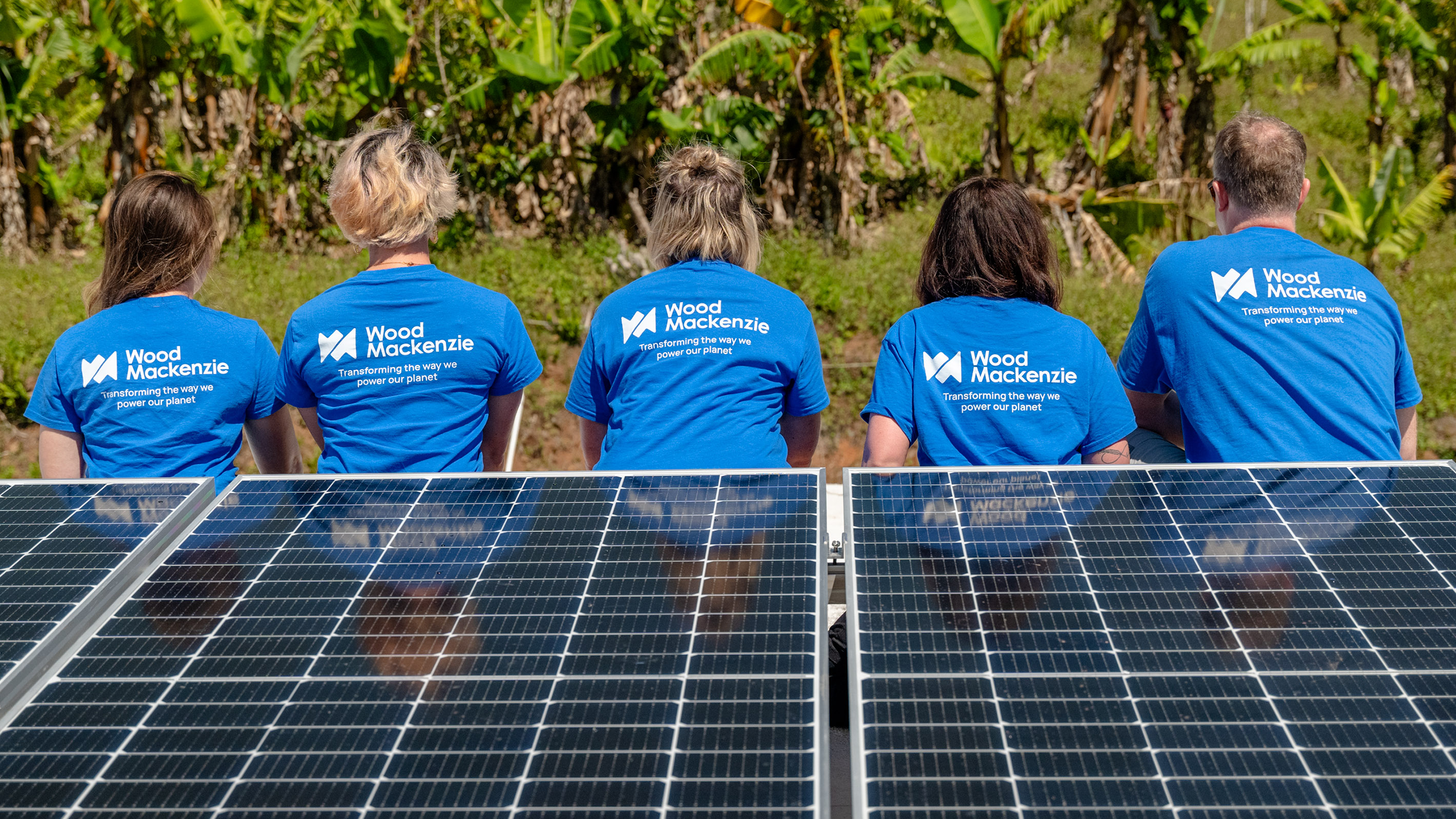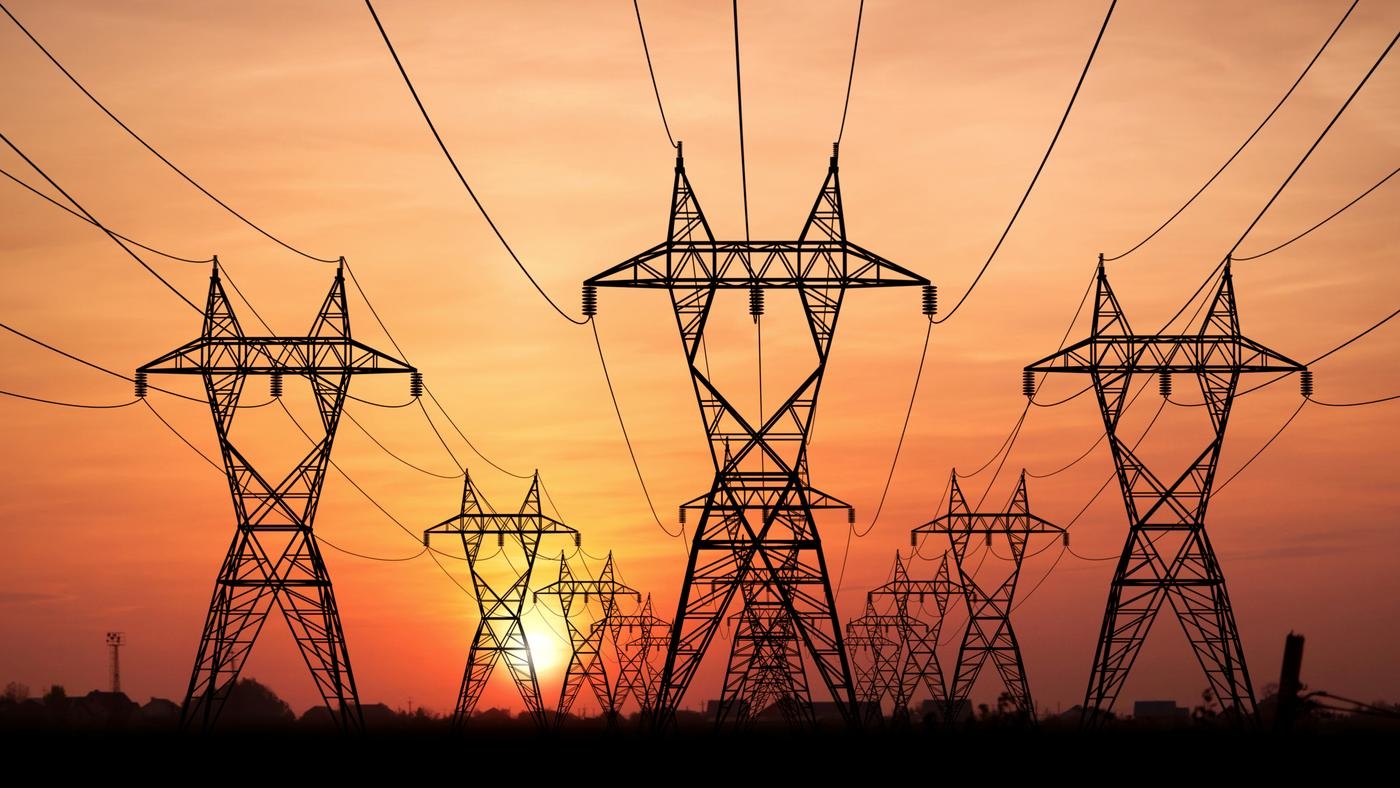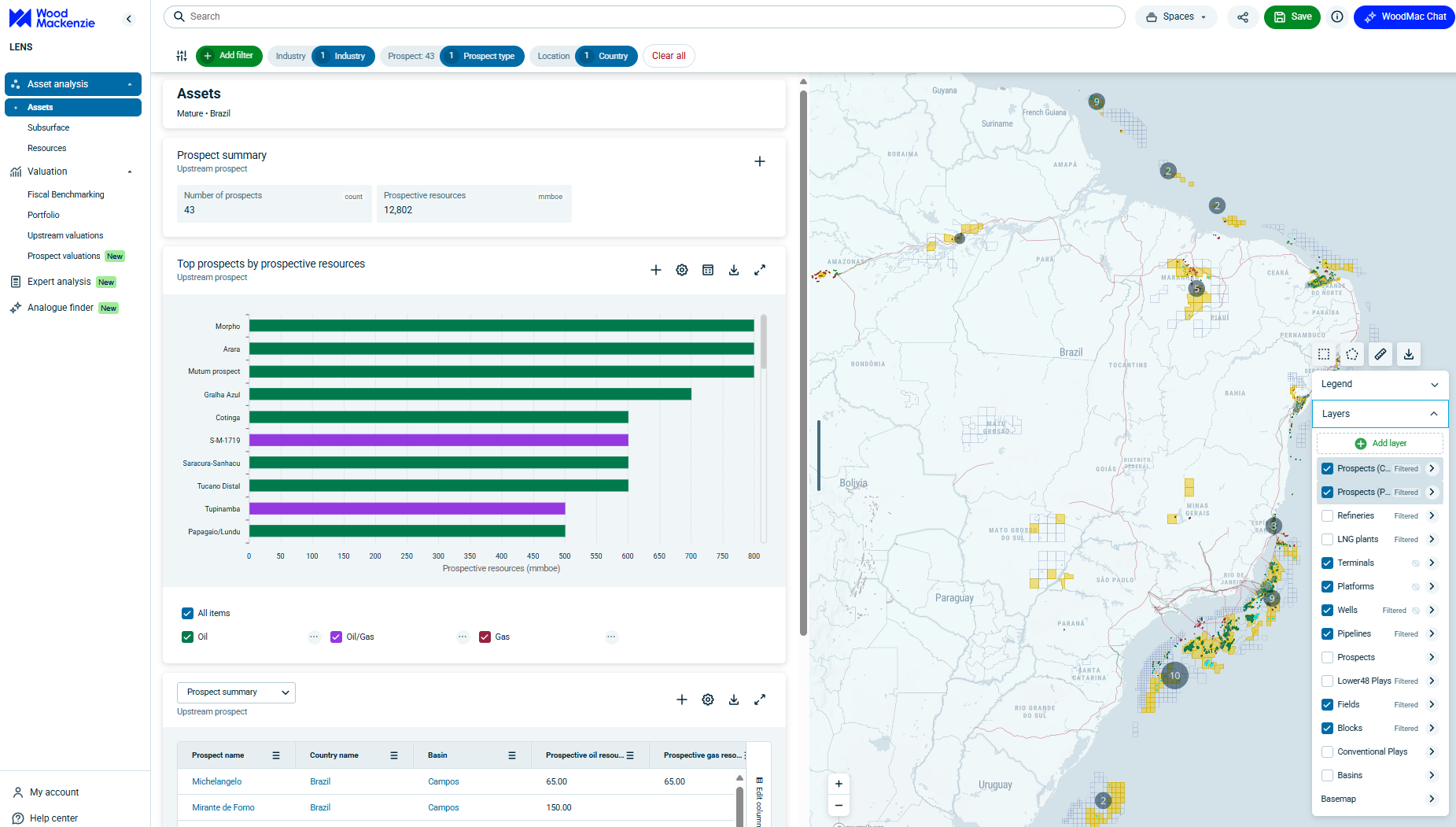The new wave of internationalising NOCs
Oil and gas producing giants broaden their growth options
1 minute read
Simon Flowers
Chairman, Chief Analyst and author of The Edge

Simon Flowers
Chairman, Chief Analyst and author of The Edge
Simon is our Chief Analyst; he provides thought leadership on the trends and innovations shaping the energy industry.
Latest articles by Simon
-
The Edge
NOCs begin a new phase of upstream internationalisation
-
The Edge
How AI can unlock an extra trillion barrels of oil
-
The Edge
How data centre growth is driving up US power prices
-
Opinion
CCU – from decarbonisation to defossilisation
-
The Edge
Securing offtake for green hydrogen
-
The Edge
Gastech 2025: when will the music stop for US LNG?
The world needs the oil and gas industry to invest in new resource. The influx of fresh NOC capital is a welcome vote of confidence in the longer term.
Focus is perhaps the strategic theme since the downturn. The days of the sprawling, cover-all-bases portfolio are over. Increasingly, oil and gas companies are concentrating on what they are good at. More importantly, where they can make money. Much of the activity in the M&A market in the last four years bears witness to the change underway, dominated by IOCs strengthening advantaged assets and selling non-core.
The rationale makes sense: to diversify and seed an oil and gas income for when the home wells dry up. Equinor is the poster child – its overseas assets today make up almost half of its portfolio value. PETRONAS, and the three Chinese NOCs – CNOOC Ltd, CNPC and Sinopec Group – are prominent among others in the internationalised peer group.
A new wave of NOC heavyweight is now following this path. Rosneft, Russia’s biggest oil producer, made a big statement of intent by farming into Eni’s giant gas project in Egypt in 2017 and has acquired portfolio positions in Kurdistan, Mozambique, Venezuela, Brazil, Argentina and Mexico. The world’s biggest oil producer, Saudi Aramco, last week signalled its intentions in gas, signing a Heads of Agreement for one of the biggest US LNG deals ever.
Qatar Petroleum, the world’s biggest LNG producer, has put together a high-impact exploration portfolio encompassing some of the world’s drilling hotspots (including Brazil, Mexico, Cyprus and Mozambique). It has already made two significant discoveries.
What’s motivating this trio’s moves?
Each strategy has its nuances but we’d distil it to four drivers.
1. Broadening growth options and acquiring new skills
Domestic growth prospects vary, and growth in the rest of the world will be mainly in deepwater, tight oil, shale gas and LNG. Besides Qatar Petroleum in LNG, the three NOCs have little or no experience in, or exposure to, these resource themes. Risks in taking the plunge into new geographies and technologies can be tempered by leveraging existing domestic partnerships, as Qatar Petroleum is doing working with seasoned operators ExxonMobil, Shell and Total. New skills gained can, in time, be transferred elsewhere, including back home.
2. There’s value in today’s less crowded market
Investment in upstream is at a low ebb, not much above the 2016 low point in the cycle. Few IOCs or, indeed, NOCs have the appetite or the capital to invest in growth outside core focus areas. There’s a vacuum in business development into which the few cash-rich NOCs can step and establish positions at relatively low cost.
3. Portfolio balance
The income of the NOCs and, by extension, the respective government shareholder is heavily exposed to a single commodity and price fluctuation. Rosneft and Saudi Aramco are long oil, Qatar Petroleum long gas. Rebalancing is a risk-management imperative but doing it domestically can be challenging, depending on resource, market size or structure. Going international could be the answer.
4. Sustainability
Oil-dominated NOCs, even those very low down the cost curve like Rosneft and Saudi Aramco, need a growing gas business. Oil demand is threatened inside a couple of decades by electric vehicles. Gas, with lower carbon intensity, has more prolonged growth prospects. The energy transition is also forcing NOCs and IOCs to forge a strategy that’s sustainable to win stakeholder buy-in.
Wanted: new resource and a boost of confidence
The world needs the oil and gas industry to invest in new resource. The influx of fresh NOC capital is a welcome vote of confidence in the longer term.
Establishing a meaningful international footprint from a standing start is far from easy, as many an NOC or IOC can tell. For these three NOCs in particular, ‘meaningful’ also means big if it is to make any difference to the overall business. It will take time – just ask Equinor, still assiduously building its international portfolio four decades on.
There are success stories, but the risks shouldn’t be underestimated - at times NOC internationalisation has been synonymous with value destruction. That should keep the new wave disciplined.







